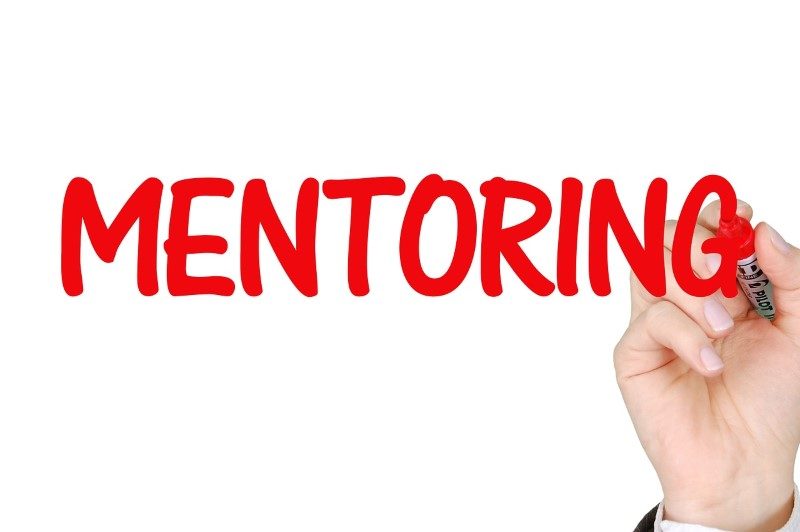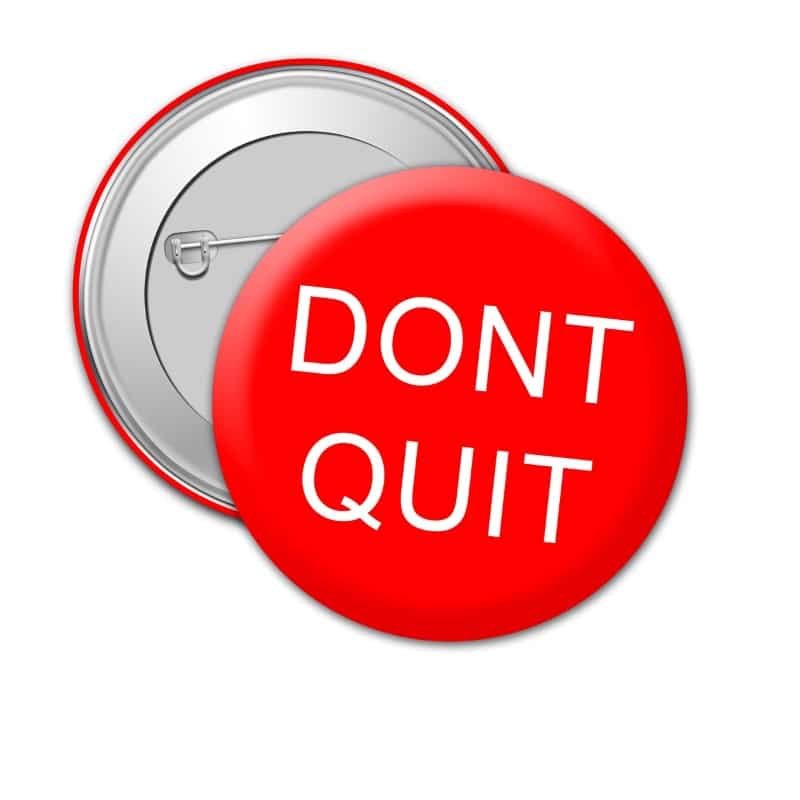Book Club #13: Start with Why by Simon Sinek
 In 2009 Simon Sinek published a book called Start with Why. That same year he gave a TedX talk which at the time of this article had 36,000,000 views. Why such interest?
In 2009 Simon Sinek published a book called Start with Why. That same year he gave a TedX talk which at the time of this article had 36,000,000 views. Why such interest?
He hit on a powerful notion that isn’t just valuable for a business owner who wants to connect more thoroughly with a customer, but with employees as well.
Sinek uses Apple because its success and cult-like following are both accepted and legendary.
He points out that most businesses start at “what” and work into towards “why.” Framing as Apple, this would look like:
“We make computers” – what
“We focus on style and design” – how
“We like to challenge the status quo” – why
That sounds nice. But it’s just like every other pitch out there. “We make cars. They are well designed. Would you like to buy them?” Sinek points out that the neocortex of our brain engages with what and is very logical.
But the limbic part of our brains, the parts that know about loyalty and trust and do not have language functions, those are connected with how and why. Sinek then reframes:
“We challenge the status quo in everything we do.”
“One of the ways we do that is by building computers that are designed beautifully.”
“Want to buy one?”
By starting with why, Sinek says that you can acquire customers who think like you (and your business). If they believe in your mission, they will buy anything you want to sell them.
That’s why Apple doesn’t just sell computers. They sell music players and headphones and tablets and in the near future, perhaps cars. They are operating in your limbic brain, and that’s why you see advocates of their products in contrast to the “whatever works” attitudes of the customers who use other products.
This also allows you to hire employees better, aligning them with your cultural fit. If you hire people who believe what you believe, then it doesn’t matter what tasks you assign or projects you want to tackle – they are with you because you started with why.
As a new year dawns, consider a different way of looking at your business, not just in how you face your customers, but how you face your employees. And you might get to add some of that “can’t explain it” loyalty and excitement that companies like Apple and Tesla generate to add to the things you’re already doing well.


 Mark Carlson bought Minnesota Mailing Solutions in 1998 for around $1M and grew the business over 10 years, eventually selling it for $4.5M.
Mark Carlson bought Minnesota Mailing Solutions in 1998 for around $1M and grew the business over 10 years, eventually selling it for $4.5M.  Seth Godin has been a prolific blogger and author for many years now. He is particularly dedicated to helping entrepreneurs grow their businesses and develop robust mindsets.
Seth Godin has been a prolific blogger and author for many years now. He is particularly dedicated to helping entrepreneurs grow their businesses and develop robust mindsets. 